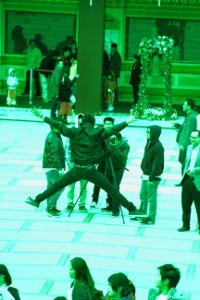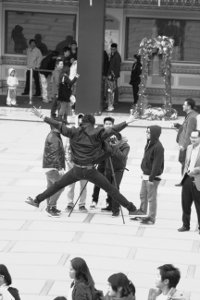Older Revision of What can you do with RAW that you can t do with JPEG
Revision: 20140204_125652 | All Revisions
What can you do with RAW that you can't do with JPEG?
Shooting RAW take up so much space on your digital camera. And for most place--online and offline--JPEG is the de facto standard. So why shoot RAW? Why not just shoot JPEG?
One reason, JPEG is a lossy format, RAW is a lossless format. This topic is covered in our "Shoot JPEG or TIFF?" article and our "Shoot in RAW, Always!" article. So I won't go into details about it in this article.
In this article, I want to show you the power of RAW in real-life examples, rather than abstract theories. This way, you get a real taste of why you'd want to shoot RAW all the time--or, at least, both RAW and JPEG at the same time.
Ove-Exposed Photos
RAW image contains everything that the digital camera sensor sees at the time you clicked the shutter button--the "raw" data. JPEG, on the other hand, is post-processed from the "raw" data. Therefore, once the JPEG image has been produced, the extra data in the RAW image are gone. So how can the extra "raw" data be useful? Let's take a look at the following over-exposed example.
The photo above, on the left, is the over-exposed image captured in JPEG format. The photo above, on the right, is the best I can do to salvage it in Gimp. I applied a lot of negative brightness and increased contrast. I am sure some of you can do a better salvage job than me, but I doubt anyone can produce an "useable" image from the over-exposure.
Luckily, I captured both RAW and JPEG at the same time on my Canon EOS Rebel T3i. Now, let's see what we can produce from the RAW image of this exact same over-exposed image. I have UFRaw installed on my computer. So double-clicking the CR2 (RAW) file my digital camera produced will bring up UFRaw, which will best guess the optimal processing for the RAW image. The photo below, on the left, is the default processing by UFRaw.


714 Users Online
|
$10000-above $5000-$9999 $2000-$4999 $1000-$1999 $500-$999 $200-$499 $100-$199 $50-$99 $25-$49 $0-$24 Gift Certificate |
|




